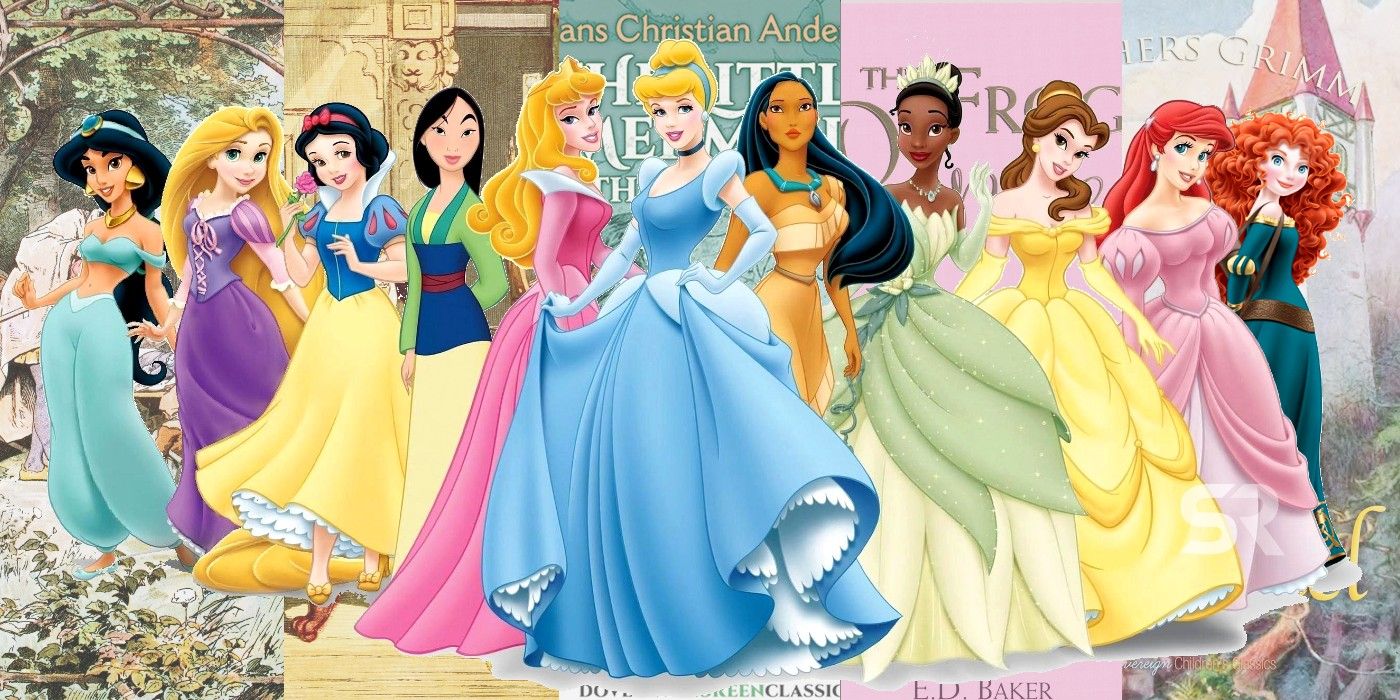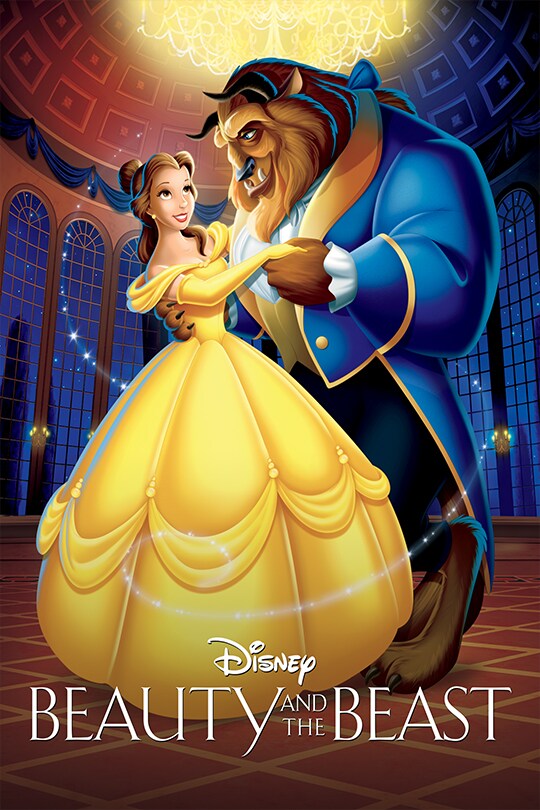Exploring the Enchanting World of Fairytale Princesses
Fairytale princesses have captured the hearts and imaginations of people of all ages for centuries. These iconic characters, often found in folklore, fairy tales, and Disney movies, represent beauty, grace, and courage. In this article, we delve into the enchanting world of fairytale princesses, examining their origins, their enduring appeal, and the lessons they teach us.
The Origins of Fairytale Princesses
Fairytale princesses have a rich history rooted in folklore and storytelling traditions across different cultures. These princesses often embody archetypal characters who face challenges, undergo transformations, and ultimately find their happily ever after. Examples of such princesses include Cinderella, Snow White, and Sleeping Beauty.
The Appeal of Fairytale Princesses
- Imagination and Escapism: Fairytale princesses transport us to magical realms filled with castles, talking animals, and extraordinary adventures. They ignite our imagination and offer a temporary escape from reality.
- Timeless Beauty: Fairytale princesses are renowned for their beauty and elegance. Their iconic outfits, graceful movements, and enchanting charm captivate audiences and inspire admiration.
- Resilience and Determination: Fairytale princesses often face adversity and must summon inner strength and resilience to overcome obstacles. Their stories teach us the value of perseverance, courage, and staying true to oneself.
- Love and Kindness: Love is a prevalent theme in fairytale princess narratives. Princesses like Belle from "Beauty and the Beast" and Ariel from "The Little Mermaid" teach us the importance of compassion, acceptance, and the transformative power of love.

- Empowerment and Independence: Modern fairytale adaptations have introduced princesses who challenge traditional gender roles and promote independence. Examples include Elsa from "Frozen," who embraces her powers and learns to be self-reliant, and Mulan, who defies societal expectations to protect her family and country.

The Evolving Role of Fairytale Princesses
Over time, fairytale princesses have evolved to reflect changing societal values and a desire for more inclusive narratives. Contemporary princesses like Moana and Merida from "Brave" embody strength, resilience, and independence, breaking away from traditional damsel-in-distress stereotypes.
Moreover, fairytale retellings often incorporate empowering messages and promote the idea that anyone can be a hero or heroine, irrespective of their background or gender. These progressive portrayals aim to inspire young audiences to pursue their dreams, challenge societal norms, and embrace their unique qualities.
The Lessons We Learn from Fairytale Princesses
- Inner Beauty: Fairytale princesses emphasize the importance of inner beauty, kindness, and compassion. They teach us that true beauty lies in one's character, actions, and the way we treat others.
- Courage and Resilience: Princesses like Cinderella, who persevere through hardships, teach us the value of courage, resilience, and maintaining a positive outlook in the face of adversity.
- Following One's Heart: Fairytale princesses often follow their hearts, even when it means going against societal expectations or facing challenges. They inspire us to trust our instincts and pursue our passions.
- Equality and Inclusivity: Modern fairytale adaptations strive for greater diversity and inclusivity, teaching us the importance of acceptance, equality, and embracing differences.

A case study of Princess Cinderella:
Cinderella is one of the most iconic fairytale princesses, known for her grace, kindness, and resilience. Her story has been passed down through generations and has been adapted into various films and adaptations.
Origins: The story of Cinderella can be traced back to ancient folklore, with different versions found in cultures around the world. The most popular version is attributed to Charles Perrault and the Brothers Grimm.
Story: Cinderella's story revolves around a young girl who is mistreated by her stepmother and stepsisters following the death of her father. Despite her difficult circumstances, Cinderella remains kind-hearted and hopeful. With the help of her fairy godmother, she attends a royal ball where she captures the heart of the prince. However, she must leave before midnight, as her magical transformation will only last until then. In her haste, she loses her glass slipper, which becomes the key to her destiny. The prince embarks on a quest to find the mysterious maiden whose foot fits the slipper, leading to Cinderella's ultimate happily ever after.
Lessons: Cinderella's story teaches us the importance of kindness, resilience, and believing in the power of dreams. Despite the challenges she faces, Cinderella remains true to herself and maintains a positive outlook. Her story also emphasizes the transformative power of love and the idea that true beauty lies within a person's character.
Adaptations: Cinderella's story has been adapted into numerous films, including Disney's animated classic "Cinderella" (1950) and its live-action remakes. Each adaptation brings its own unique interpretation, but the underlying message of hope and inner strength remains consistent.
Cinderella's timeless tale continues to inspire audiences of all ages, reminding us that even in the face of adversity, kindness, resilience, and belief in oneself can lead to a happily ever after.
Conclusion
Fairytale princesses continue to captivate audiences with their timeless tales of love, courage, and personal growth. These beloved characters transcend generations, providing us with valuable life lessons, promoting imagination, and inspiring us to be the best version of ourselves. Whether through classic stories or modern retellings, fairytale princesses remain influential figures, enchanting us with their grace, beauty, and enduring spirit.


























